Palbric’s Favourite Portraits
It’s not an easy feat to look at all the inspiring artists throughout history and choose our favourites. Painters, sculptors, photographers, sketch artists, ceramicists, printmakers… the mind boggles just thinking about all their contributions to the art world.
However, some stand out because of their lasting impact on the art scene and for the groundbreaking styles that changed the nature of art for generations to come.
Here are six of our favourite artists who left their mark on the art world forever.
Rembrandt
Born in 1606, Dutch artist Rembrandt Harmenszoon van Rijn is considered to be one of the greatest painters in European history.
He was a 17th-century painter and etcher whose work came to dominate what has since been named the Dutch Golden Age. He was known for his self-portraits and biblical scenes, as well as his innovative use of light and shadow.
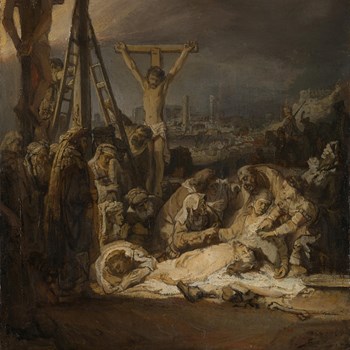
Van Gogh
Vincent van Gogh was also a Dutch painter, generally considered to be the greatest after Rembrandt, and one of the greatest of the Post-Impressionists. Ironically, he sold only one piece of artwork during his life; but in the century after his death, he became perhaps the most recognized painter of all time.
During his short 10-year artistic career, Vincent van Gogh created a vivid personal style, noted for its striking colour, emphatic brushwork, and contoured forms. The work of Van Gogh was avant-garde and exerted a powerful influence on the development of modern painting at the time, most notably Expressionism.
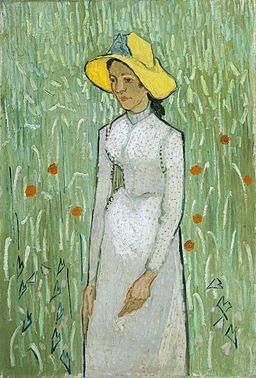
Vincent van Gogh created a vivid personal style, noted for its striking colour, emphatic brushwork, and contoured forms.
Cindy Sherman
Sherman is an American photographer known for her images—particularly her elaborately “disguised” self-portraits—that comment on social role-playing and sexual stereotypes.
During her career spanning four decades, Sherman was always the model in her photographs, at times donning wigs and costumes to make viewers think about how women are perceived in many lights.
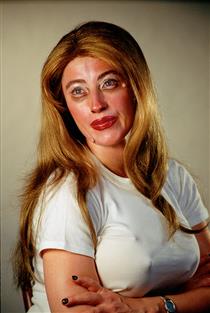
Sherman’s self-portraits are meant to make viewers think about how women are perceived in many lights.
In 2017, Sherman caused a ripple when she made her private Instagram account public. Her Instagram selfies, at times grotesquely distorted and at others uncomfortably enigmatic, call attention to some of modern social media’s most disturbing effects, namely the confusion between what is real and what is staged.
These are just some of the incredibly talented artists that we love at Palbric, whose works have changed the face of art for centuries. Who would you add to the list?
Pablo Picasso
Pablo Picasso was a Spanish expatriate painter, sculptor, printmaker, ceramicist, and stage designer, one of the greatest and most influential artists of the 20th century and the creator (with Georges Braque) of Cubism.
Picasso’s body of work is extensive, spanning 80 years and evolving through many styles and periods. Worth noting are his paintings from the Blue Period (1901-1904), the Rose Period (1904-1908) and the advent of Cubism (1909 and on).
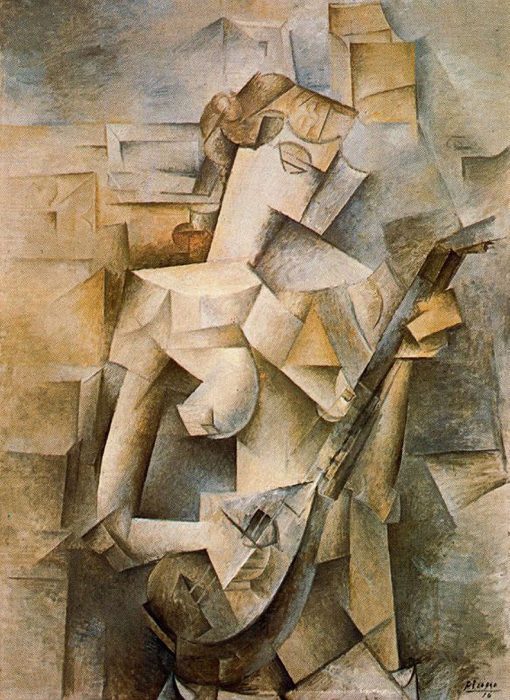
Cubism ushered in the abstract movements of the 20th century and continues to influence the art of the 21st.
Emily Carr
Emily Carr was one of the first artists of national significance to emerge from the West Coast. Along with the Group of Seven, she became a leading figure in Canadian modern art in the twentieth century. She spent the greater part of her life living and working in Victoria, British Columbia, where, unfortunately, she struggled to receive acceptance for her work.
It wasn’t until 1927, when she was in her fifties, that Carr gained national recognition. It marked a turning point in her career. Not long after, she entered a mature period in her artistic journey during which she created the works that would gain her national and international recognition—such as Zunoqua of the Cat Village, 1931—and greater respect in British Columbia.
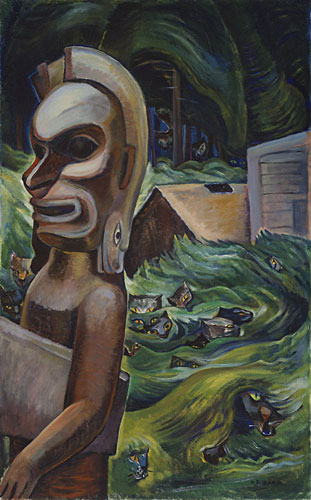
It wasn’t until 1927, when she was in her fifties, that Carr gained national recognition
Frida Kahlo
Artist Frida Kahlo was considered one of Mexico’s greatest artists. She began painting self-portraits after she was injured in a bus accident. Her experience led her to heal through artistic expression.
She later married fellow communist artist, Diego Rivera, in 1929. Their relationship was extremely tumultuous and served as inspiration for many of her most famous paintings, including “The Two Fridas”, which was painted right after their first divorce in 1939. These figures are believed to represent “unloved” and “loved” versions of Kahlo.
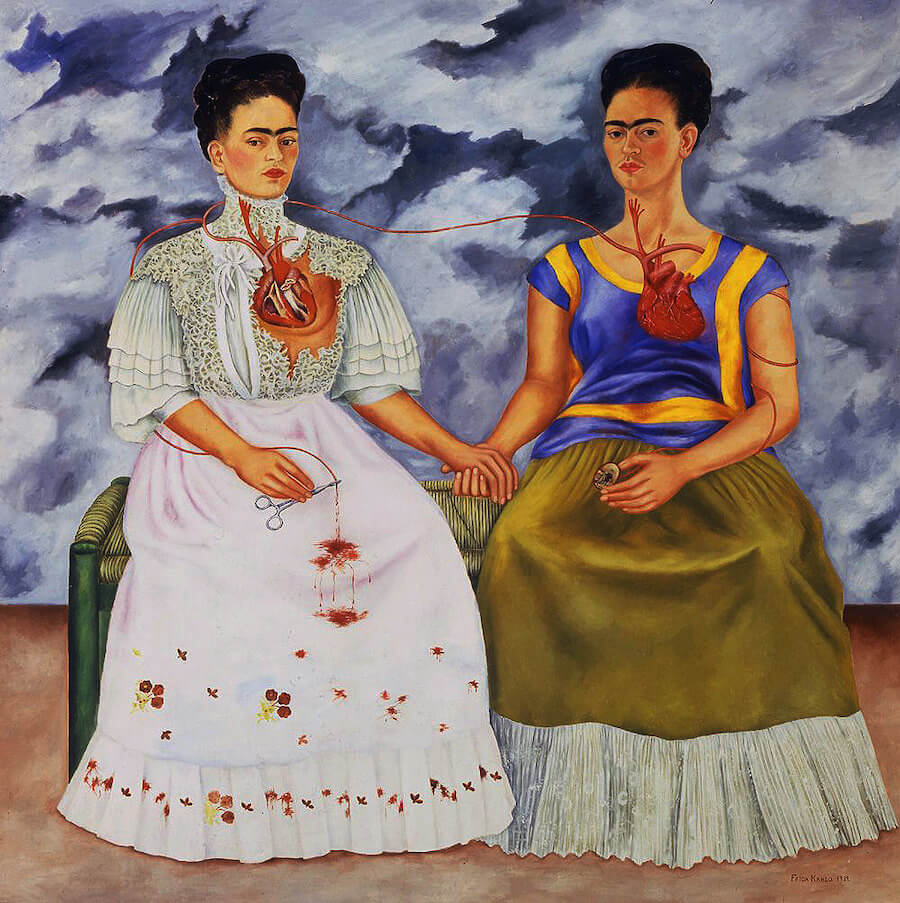
Kahlo and Rivera’s relationship was extremely tumultuous and served as inspiration for many of her most famous paintings.
In 1939, Kahlo went to live in Paris for a time. There she exhibited some of her paintings and developed friendships with such artists as Marcel Duchamp and Pablo Picasso.



